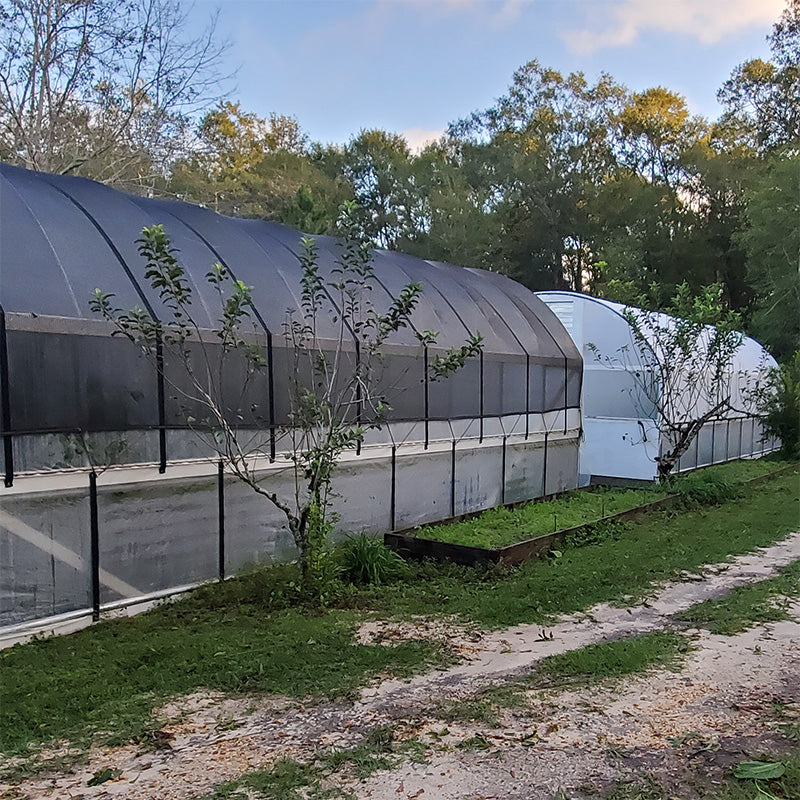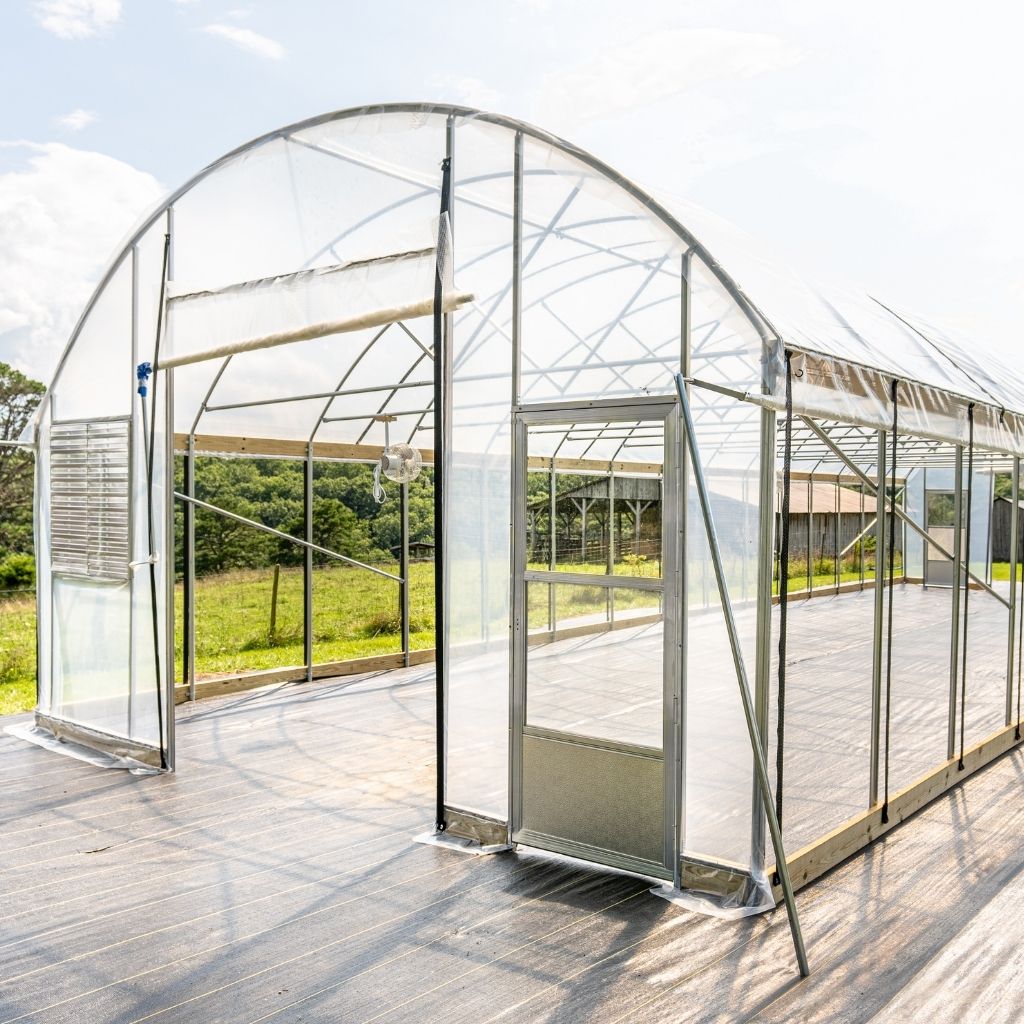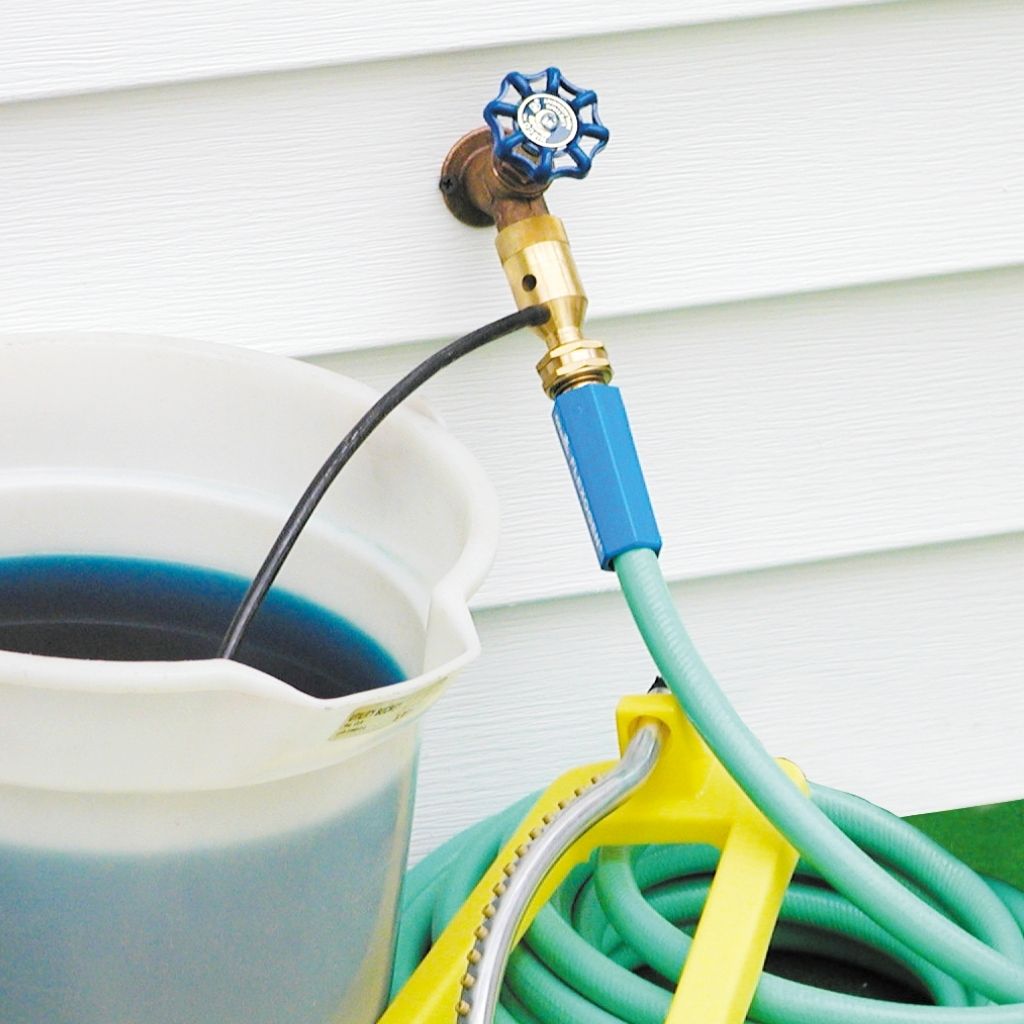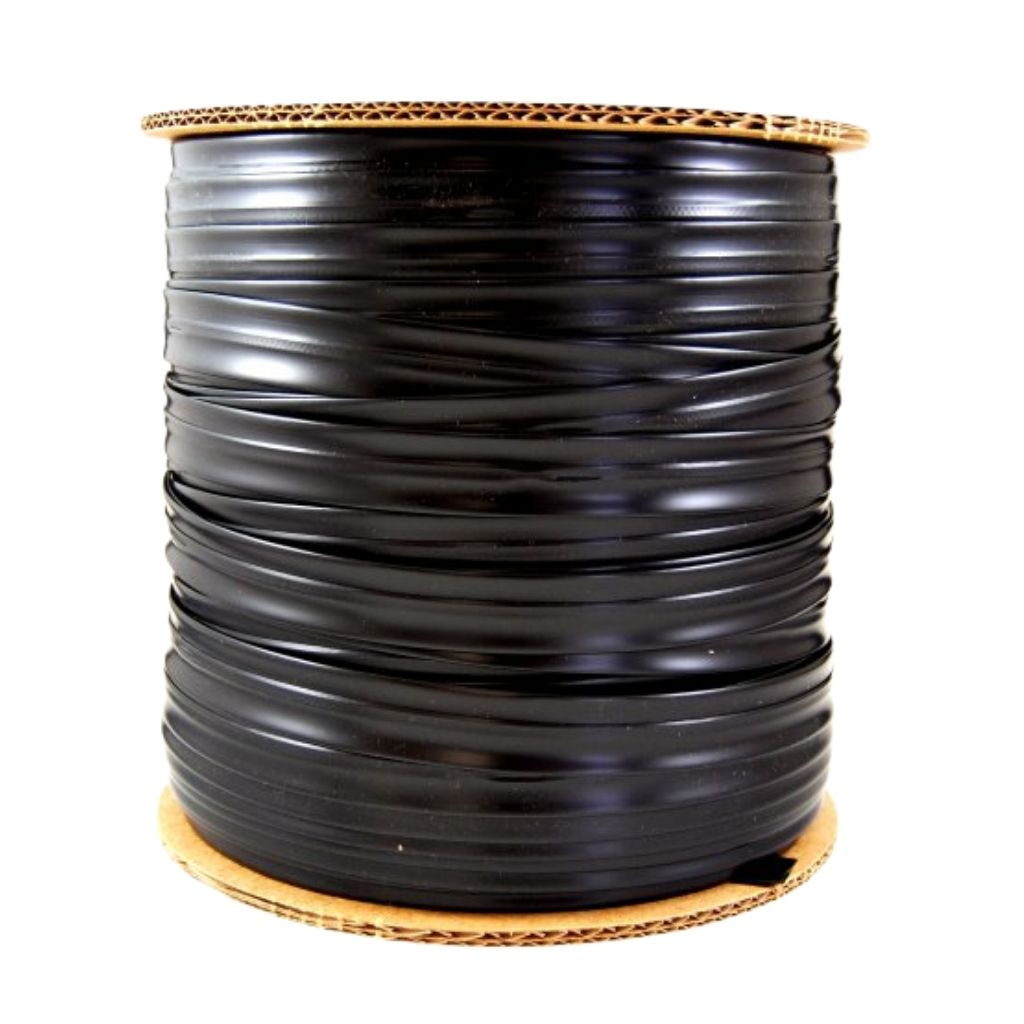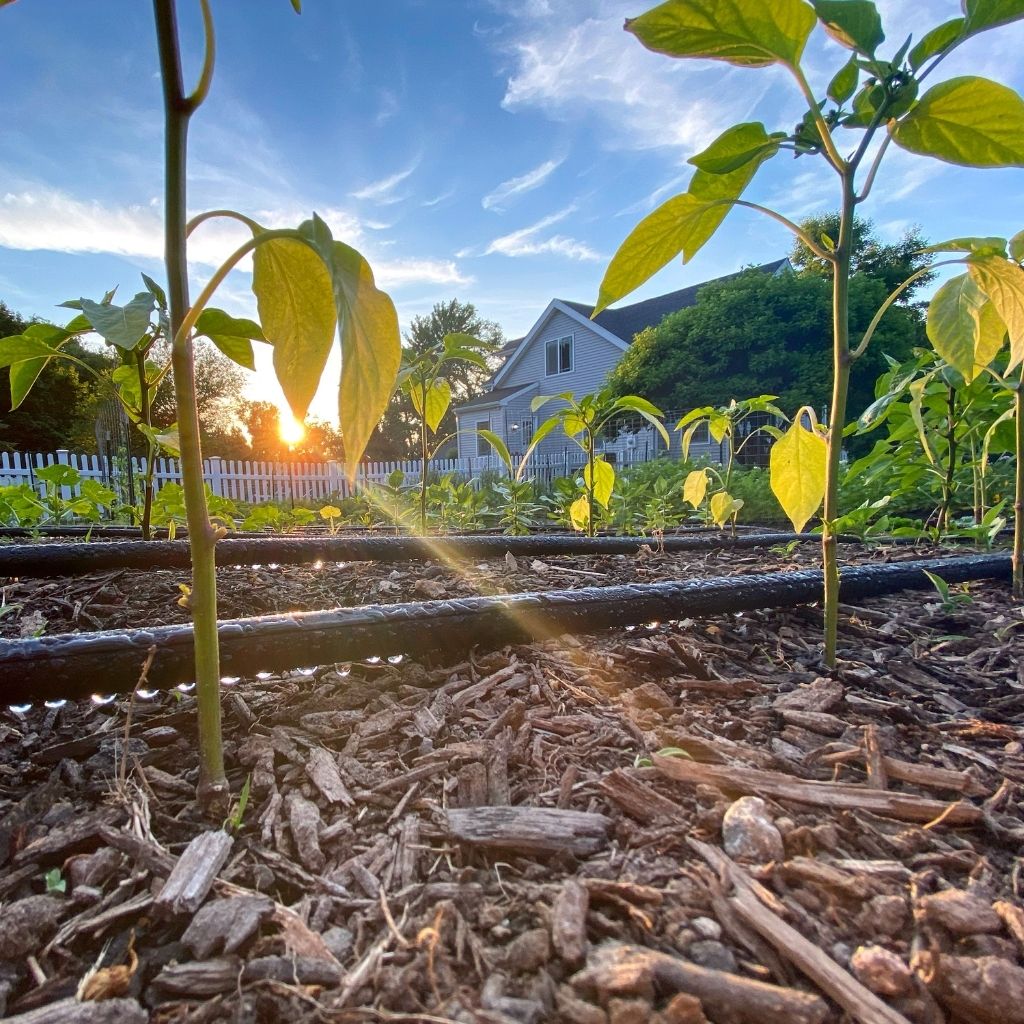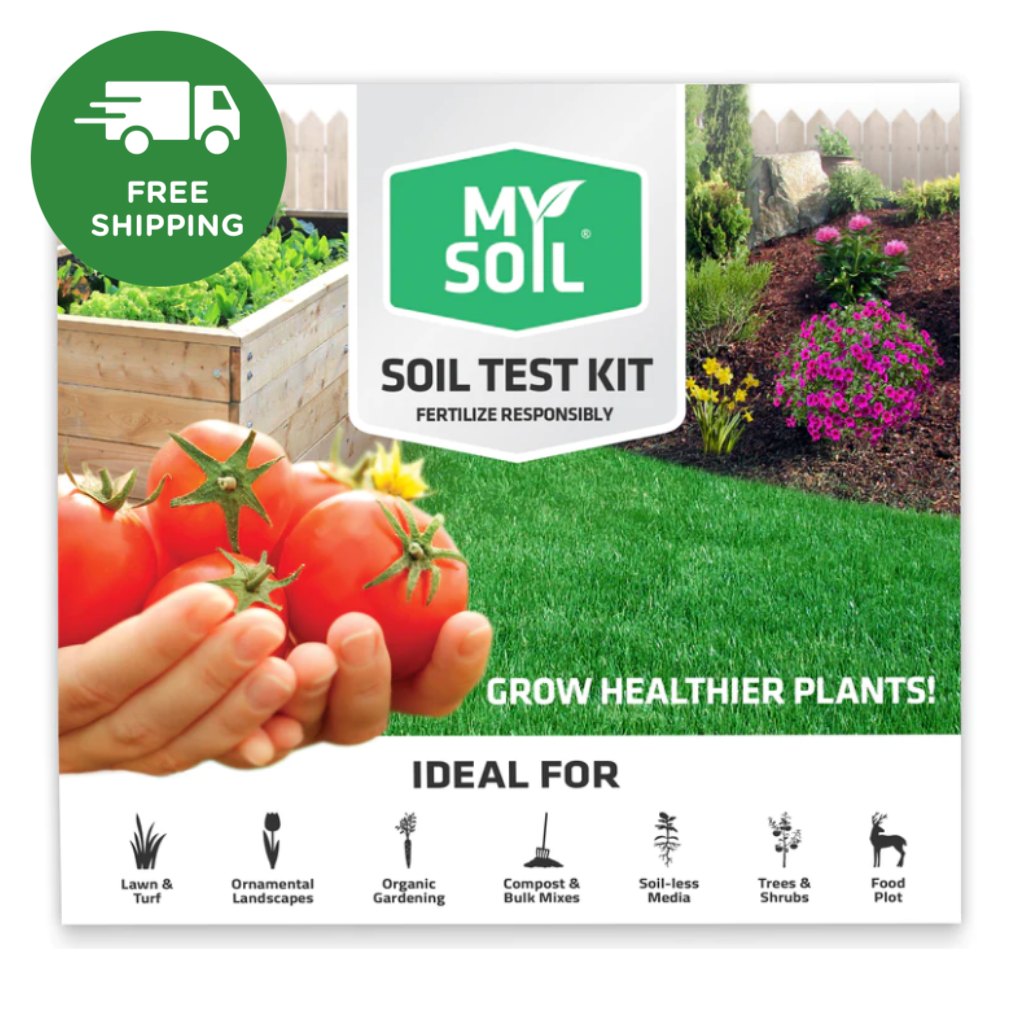Staying efficient with sharp garden tools!
Stay efficient with sharp tools
Digging the ground with a shovel, fork, rake, or mattock can become tiresome, but it worsens if the user does not maintain the blades. Hoes become inefficient at cutting small weed seedlings during the course of the repetition in the garden.
The conventional way of removing weeds is through physical control. Cultivation is the act of cutting off the weeds, while smothering them with mulch, paper, and mounds of dirt can also help; some seedlings continue to grow through and then require a sharp blade for removal. We do not prefer to discuss herbicides, or a chemical control method in this document, because as a small farmer it is unpractical for health purposes, and can prevent beneficial plants from growth.
Cultivation is not the removal of weeds, except that it is the natural selection process undertaken by humans to allow one plant the benefit of growth over the other (weeds). Weeding is the process of removal after invasive species become established. Elliot Coleman explains "weeding deals with the problem after it has occurred". Weeds that become large, become difficult to remove, as their structure has nearly drained the soil nearest the cultivar of its desired nutrients. This removal process becomes difficult against the coarse, large bio matter, dulling the equipment at an attempt to kill the weed. Although this article is about how efficiency can be better met by sharpening tools, a more important aspect to removing weeds with a sharp tool is the fact that they must not be allowed to grow to large out of procrastination. The work brings the greatest return for the least amount of effort.

A dull blade requires more effort. It is a fact that by allowing the blade to roll over, and not sharpen periodically, the work efficiency drops by 50 percent. Digging, like the cut of a knife, or stroke of an axe blade, is cutting which requires us to sharpen our garden tools regularly. Coating the wood handles with flax seed oil, sanding off rough spots, and applying food grade silicon to prevent rust are also valuable methods for preserving our work tools. Files and wet stones of different grit sizes should be used at regular intervals to prevent the edge from becoming dull. Shovels and hoes are the most important blades to keep sharp. By maintaining your tools, your job in the garden might get quicker, better, and less tiresome on the body.





